21+ Sample Skills Development Plan
-
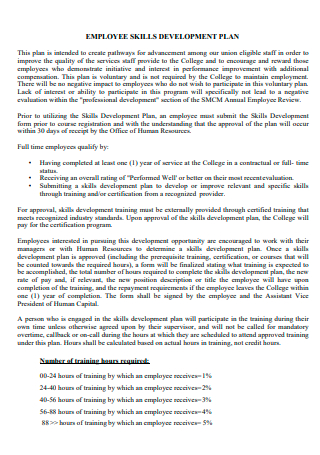
Employee Skills Development Plan
download now -
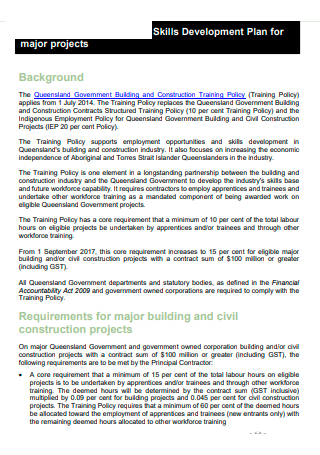
Skills Development Plan For Major Projects
download now -
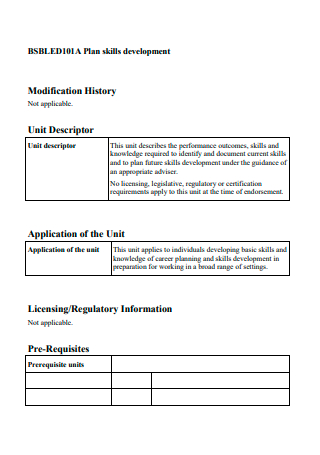
Basic Skills Development Plan
download now -
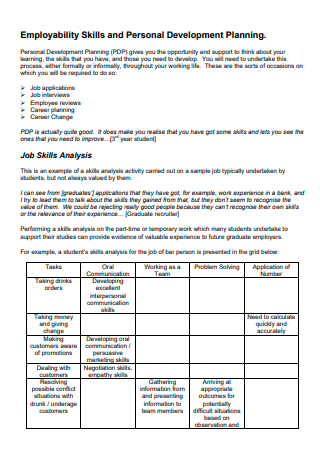
Skills and Personal Development Planning
download now -
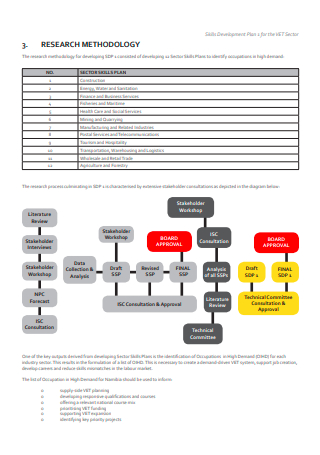
Skills Development Plan Example
download now -
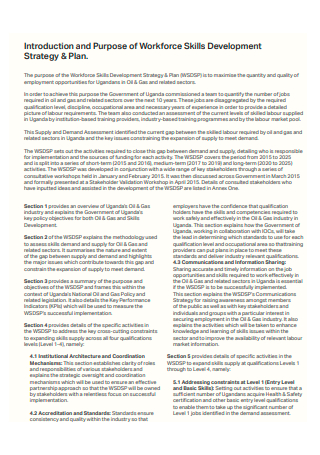
Workforce Skills Development Strategy and Plan
download now -
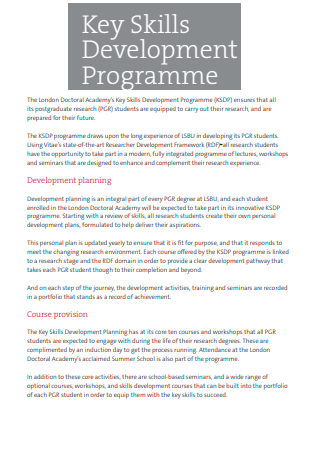
Skills Development Programme Plan
download now -
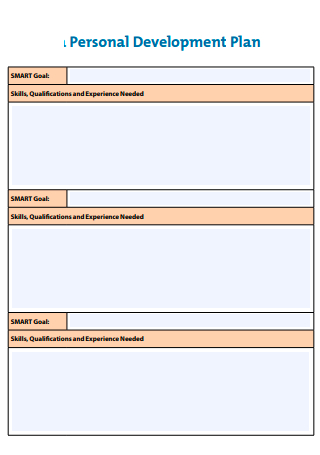
Skills Personal Development Plan
download now -
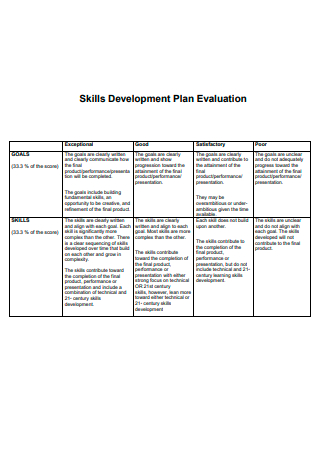
Skills Development Plan Evaluation
download now -
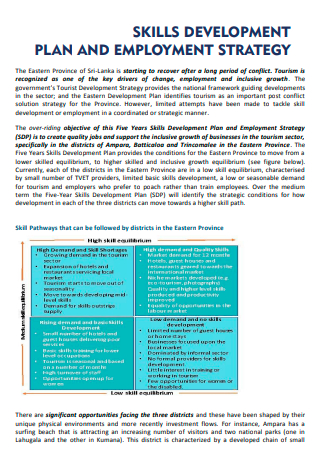
Skills Development Plan and Employment Strategy
download now -
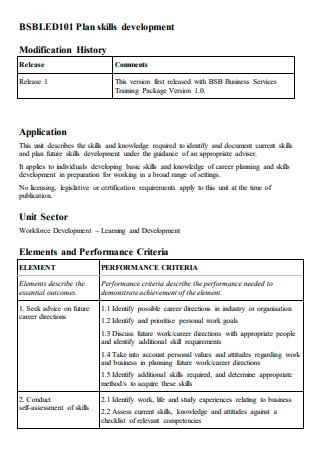
Skills Development Plan in PDF
download now -
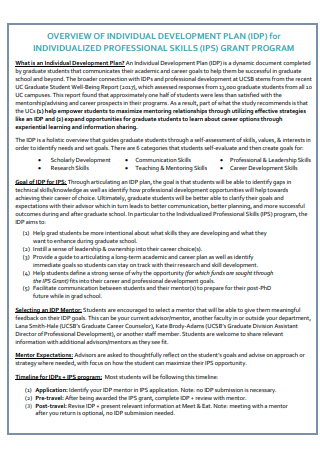
Professional Skills Individual Development Plan
download now -
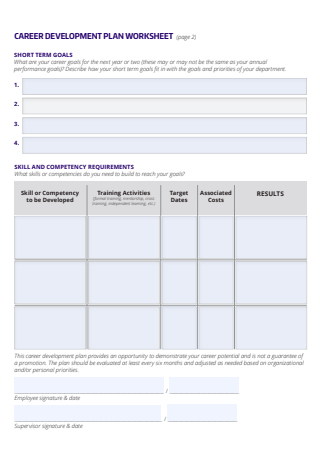
Skills Career Development Plan Worksheet
download now -
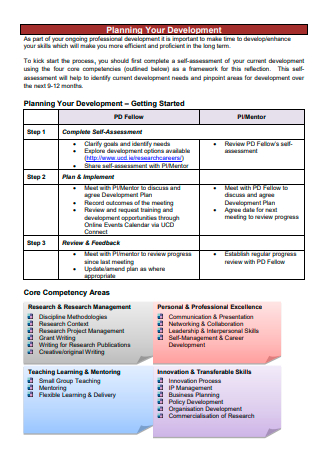
Standard Skills Development Planning
download now -
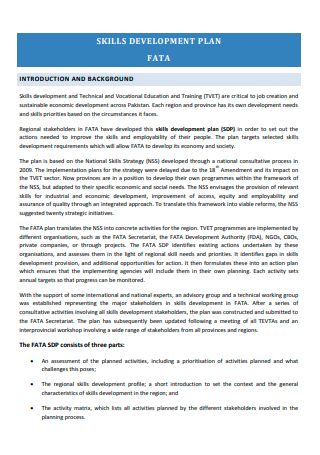
Printable Skills Development Plan
download now -

Formal Skills Development Plan
download now -
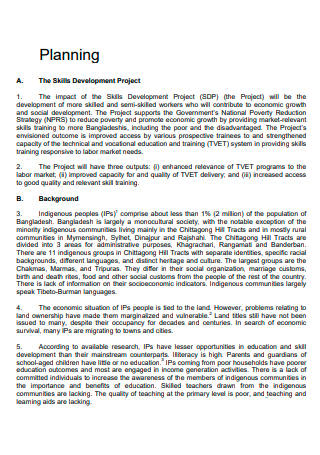
Skills Development Project Planning
download now -
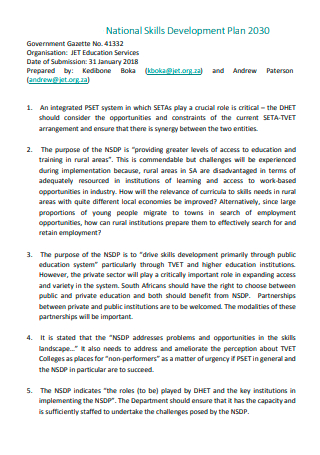
National Skills Development Plan
download now -
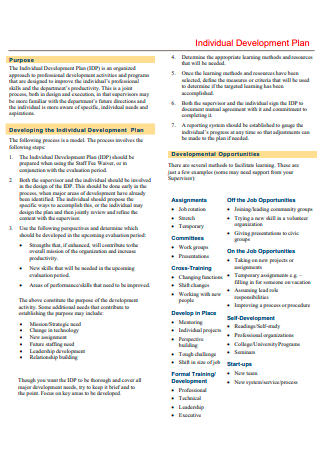
Individual Skills Development Plan
download now -
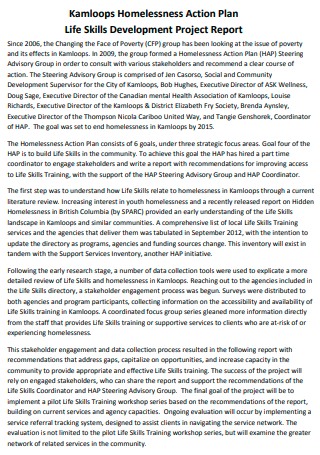
Life Skills Development Project Report Action Plan
download now -
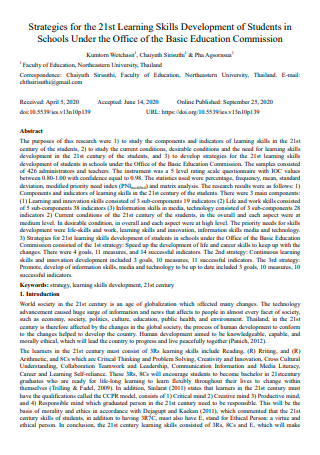
Skills Development Plan of Students
download now -
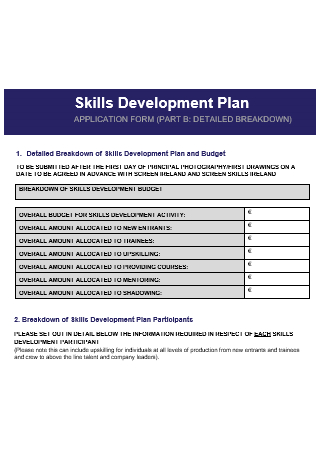
Skills Development Plan in DOC
download now
FREE Skills Development Plan s to Download
21+ Sample Skills Development Plan
What Is a Skills Development Plan?
Importance of Learning and Development Plans
Ways to Strengthen Your Personal Development Capabilities
How to Write a Skills Development Plan
FAQs
Who is the skills development plan for?
How should you set your priorities?
What are the five pillars of personal growth?
What Is a Skills Development Plan?
The skills development plan is the predecessor of the Training Plan. Its goal, as its name indicates, is to assist companies to expand their employees’ abilities by providing them with industry-specific training so that they may make the most of their expertise. It’s a document that lists all of the training activities that the employer has agreed on for the future year. Furthermore, collective bargaining agreements mandate some of these training sessions. Others, on the other hand, are voluntary. Check out the available skills development plan template to save you the time and effort spent on making one from scratch.
Importance of Learning and Development Plans
When employees begin a new job, whether they are new to the company or entering a new sector within the Organization, all occupations require some kind of training. For some companies, initial training is the extent of their commitment to their employees and a means of a demonstration for the additional commitment to their staff. It is important to value the purpose of placing a learning and development plan for your employees because particular skills would require to be taught and honed by the company themselves. Continue reading about the items in the curated list to know more.
Ways to Strengthen Your Personal Development Capabilities
Skills development is the process of evaluating your life objectives and ideals while also improving your abilities and attributes to achieve your full potential. They can help you grow in maturity, prosperity, and happiness. Many people improve their personal development abilities during the course of their life to better themselves and achieve their objectives. They can do so through education, mentorship, self-help, and other methods. This curated list will help you understand the methods to improve your skillset. Or from a company perspective, helps employees to identify which skills require improvement.
How to Write a Skills Development Plan
Since you have defined what a skills improvement plan is and thoroughly understood the purpose and benefits it can contribute to you or other employees, you are more than ready to proceed to write a skills development plan. Keep in mind that each plan should be catered and suited for a particular employee or skillset. If an employee is more adept with a certain skill but lacks improvement on another, you would know which skill to focus on. The latter means that one skill or training applies to multiple employees if they work with the same task. Feel free to view the example of a skills development plan provided in this article.
-
Step 1: Examine the Organization’s Requirements and Objectives
Skills development puts the requirements of the company first, thus those needs should be emphasized. It’s important to think about the organization’s current needs, upcoming organizational changes and digital transformation programs, the organization’s needs in the near and long term future, and determining the limits of the skills development plan and figuring out how employees can best meet them. Foresight is crucial throughout this stage of the planning process. Since many businesses are undergoing ongoing organizational and digital transformations, development strategies should reflect these developments. People in charge of skills development planning should communicate with business executives and others to ensure that the skills development plan is appropriately aligned.
-
Step 2: Examine the Employee’s Requirements and Objectives
Every employee is unique, with their own set of strengths, limitations, abilities, and Objectives. Skills development plans should, in theory, fulfill both the goals of the employees and the goals of the business. To assess the employee and their respective unique qualities, you should take note of their said qualities. Whether during an interview or observation, you will have to be aware of what sets them apart from others. This step is necessary to make sure that they will properly hone what they need to work on that can benefit the company.
-
Step 3: Create a Development Strategy That Accommodates Both
If skills development plans are centered on the organization’s goals rather than the goals of the employees, the material will be less relevant and workers will get disengaged and lose motivation. However, if such plans put employee development ahead of the organization’s goals, what’s being generated is a career development plan rather than a skills development plan. As previously said, the distinction matters, and if an organization has to prioritize its own goals, the focus of the strategy should be altered accordingly. Finally, a skills development plan should seek to meet the goals of each employee to optimize engagement and profitability.
-
Step 4: Select the Appropriate Training Techniques and Tools
Performance-based, management by objectives, succession planning, and ad-hoc improvement are the four types of staff development programs. Knowing which type to use is critical for increasing staff productivity and engagement. Each strategy has its own set of advantages and disadvantages. For career-driven strategies that equip employees with experience-based knowledge, succession planning, and mentorship programs, for example, might be beneficial. However, certain sorts of information cannot be imparted through these systems. While succession planning may be valuable in some situations, it is not an efficient approach to train employees on new digital technologies. It is preferable to pursue a separate approach that focuses on digital adoption and training for companies with fitting objectives.
-
Step 5: Implement, Track, and Improve
Skills development plans, like all other Business processes, should be thoroughly tested and improved over time. Employee surveys, one-on-one conversations, performance measures, and management feedback are all good data sources. These may be utilized to enhance future employee development initiatives and increase the efficacy and trajectory of a current skills development plan. Another approach, as previously indicated, is to participate in ad-hoc planning, which is more gradual and adaptable. They are simple to adopt and alter at a whim because they are only given as needed.
-
Step 6: Include a Time Frame
Make a Time Tracking sheet for each skill in development. Keep your expectations in check. Some abilities require a significant amount of study and practice before they may be considered strengths. Consult your supervisor, HR manager, or even those in the higher position for advice on an appropriate time frame for acquiring each skill. Avoid shortening the time frame to showcase how quickly a skill can be developed because employees or even yourself may find it difficult to match such a high expectation.
FAQs
Who is the skills development plan for?
To begin with, it is geared towards businesses, who may choose which of their employees will receive training based on their goals and abilities. The law stipulates, however, that this option may not be made based on discriminatory factors such as ethnic background, family circumstances, or labor union activity. Furthermore, the method applies to all enterprises of any size. You should still be wary of the background information before creating an employee skills development plan. This new change and development are intended mostly for employees.
How should you set your priorities?
Prioritizing the talents of your employees is a given, the next thing you would need to do is to organize a skill list by significance. Assist your trainers in selecting five test questions from an established knowledge transfer question set and skills development plan that this article provides overtime to produce an evaluation for each ability. These exam questions are intended to show to the trainer if the employee has earned adequate competency before applying the skill by checking for the wisdom and knowledge behind any task.
What are the five pillars of personal growth?
Personal development encompasses a vast range of topics, yet they always fall into one of five major categories. The categories include Mental, social, spiritual, emotional, and physical. Through this personal growth, you can partake in many mental personal development activities, learn a new language, meditate, get in touch with feelings, and participate in physical activities and exercise.
You have reached the end of the article but your challenge is only beginning as you will need to apply the tips and knowledge you have gathered on this site into a company-appropriate skills development plan. We have listed various skills for the development plan that you can think over which employee requires further training in that particular area so they can improve on their personal skills as well as benefit the company through their efforts. What are you waiting for? Start making a skills development plan now!
